#ExoticCars
In Memoriam: Marcello Gandini, an Automotive Design Master
The world lost one of its preeminent car designers today, as Marcello Gandini has passed away at the age of 85. Though perhaps best known for the flashy and outrageous Lamborghini Countach, Gandini’s pen was applied to many other Italian, German, French, British, Japanese, and Swedish concepts and production designs. Gandini’s prolific portfolio of work made a permanent mark on automotive design.
Hagerty's 2024 Bull Market List Has a Few Surprises
Hagerty recently released the seventh installment of its annual Bull Market List, and while this year’s picks are mostly predictable, there are a few interesting surprises. The company’s list highlights cars that it feels are set to grow in value over the next few years, with some exotics and classics and a growing number of “Rad Era” cars every year.
Rare Rides Icons: Lamborghini's Front-Engine Grand Touring Coupes (Part XII)
Ferruccio Lamborghini finally realized his dream of a proper four-seat grand touring coupe with the introduction of the Espada in 1968. The Espada entered production after a long and difficult styling process, which occurred simultaneously with a long and difficult engineering process. After multiple restyling attempts (and the use of a canned Jaguar coupe design), the Espada was produced in its Series I format from March 1968 to November 1969.
Rare Rides Icons: Lamborghini's Front-Engine Grand Touring Coupes (Part XI)
It was a long, uphill battle to get the Espada into production. Seemingly no designer would deliver on Ferruccio Lamborghini’s desire for a four-seat grand touring coupe. While style was fine, outlandish design was unacceptable. Yet designers disappointed him on the Islero (which was supposed to be a real four-seater) and fought him on what became the Espada.
Marcelo Gandini at Bertone was forced to redesign the Espada more than once to comply with Lamborghini’s wishes, even though its Jaguar Pirana looks stayed intact. Gullwing doors were a favorite feature of Gandini’s, but Ferruccio declared they were ridiculous and impractical for such a car. And while the styling was being settled, there was quite a bit of new engineering taking place for the Espada, too.
Rare Rides Icons: Lamborghini's Front-Engine Grand Touring Coupes (Part X)
In 1968, Lamborghini launched two new front-engine grand touring coupes at the same time. It was only the second time the company introduced two new models in the same model year. The two cars in question were the restrained and conservative Islero 2+2, and the larger more in-your-face Espada. While we covered Islero’s rapid demise previously in this series, the four-seat Espada had a much more successful life.
It was the realization of a large four-seat coupe from company founder Ferruccio Lamborghini, who’d wished for a car of said type since the company’s inception. The short-lived Islero turned into a last-of-moment for Lamborghini, as its sales flop proved the company with the raging bull logo was better served by more exciting, outlandish designs.
We covered Espada's styling in our previous entry. Penned by Marcelo Gandini at Bertone, the Espada was nearly a Xerox copy of the Jaguar Pirana concept, at 125 percent magnification. But its large size and generous interior space for four caused some new challenges for Lamborghini’s engineers; the road to the production Espada was not a smooth one.
Rare Rides Icons: Lamborghini's Front-Engine Grand Touring Coupes (Part IX)
We return to our timeline of front-engine Lamborghini GT coupes, but take a step back in time. Our last entry left us at the conclusion of 1969 when the slow-selling Islero ground to a halt. Dealers had a difficult time shifting all 225 examples of the Islero, comprising 125 regular Isleros and 100 of the upgraded Islero S.
Ferruccio Lamborghini dictated the Islero’s restrained and elegant design to Mario Marazzi, after several concepts to replace the aged 400GT did not meet with the boss’s approval. What Lamborghini was really after was a four-seat grand tourer in the finest tradition of grace and pace. The Islero fit most of those qualifications, but was a 2+2 and (as mentioned) almost impossible to sell. Luckily, there was another front-engine Lamborghini GT that debuted at almost the same time as Islero in 1968. Say hello to Espada.
Rare Rides Icons: Lamborghini's Front-Engine Grand Touring Coupes (Part VIII)
We return to our Rare Rides Icons coverage of Lamborghini’s front-engine coupes at a moment of relative triumph. After three earlier design proposals failed to pass muster with Ferruccio Lamborghini, a fourth received approval and was chosen as the 400GT’s replacement. Part of an in-house collaborative effort between Mr. Lamborghini, Carrozzeria Marazzi, and Lamborghini’s engineers, the resulting coupe was sedate, elegant, and not that removed from the outgoing 400GT 2+2.
Rare Rides Icons: Lamborghini's Front-Engine Grand Touring Coupes (Part VI)
We pick up our Lamborghini front-engine grand touring coverage at a time of design disappointments. Though the exotic Miura gave the company instant notoriety as it simultaneously created the super car class, the company’s other model was due for replacement. A more traditional looking two-door, the 400GT 2+2 was an edit of the 400GT Interim (2+1), which was itself an engine upgrade on the 350GT, the company’s first production car.
Ferruccio Lamborghini anticipated the need for a new design, and went in search of a 400GT replacement around the time it entered production in 1966. Lamborghini turned first to Carrozzeria Touring. But even though they penned the 350GT and 400GT designs, their two-seat shooting brake suggestion, Flying Star II, was not to Lamborghini’s taste.
In fact it was sort of like Touring didn’t read the prompt. An abandoned race car design called the 400GT Monza from Neri & Bonacini was also presented as an option. The firm built Lamborghini’s tube frames a few years before, but that didn’t lend them enough goodwill at Lamborghini to get their design accepted. Time for take three!
Rare Rides Icons: Lamborghini's Front-Engine Grand Touring Coupes (Part V)
Lamborghini proved it could make a luxurious grand touring coupe that a few people were willing to buy instead of a Ferrari with its first-ever production car, the 350GT. Based on the 350GTV prototype that was not actually drivable, the 350GT eventually grew and matured into the very similar 400GT we featured last time.
At its inception, the 400GT was just a 350GT with a larger engine, since the intended roof edits to turn the 2+1 into a 2+2 were not production ready. Lamborghini advertised the 350, 400, and 400 2+2 as three separate models, a fun take on the truth. But after three variations of the original 350 design, it was time for something new. The replacement process was not without drama.
Rare Rides Icons: Lamborghini's Front-Engine Grand Touring Coupes (Part IV)
The 350GT was Lamborghini’s first production car, and as we learned in our last entry, was a very rapid adaptation of the 350GTV prototype. And while the GTV was certainly more elegant looking than the GT, the former’s foibles included a hood line that was too low to fit the company’s V12, as well as a general lack of practicality.
Practicality was the word of the day in the 350GT’s development. The 2+1 grand touring coupe brought Ferruccio Lamborghini’s vision to life, as a competitor to the well-established finery from Ferrari. There were just 120 examples of the 350GT produced before its successor joined the ranks. The new car had a larger engine that made more power but looked very similar to its brother. Meet the 400GT.
Rare Rides Icons: Lamborghini's Front-Engine Grand Touring Coupes (Part III)
After Lamborghini’s 350GTV show car debuted in Turin, Ferruccio Lamborghini was very intent on turning the coupe’s good publicity into sales of a real production Lamborghini. But the prototype lacked running gear, an engine that fit under its hood, and there were many other miscellaneous issues. As we learned last time, redesign work began on the GTV’s chassis, engine, and body at a furious pace. That’s where we pick up today.
Rare Rides Icons: Lamborghini's Front-Engine Grand Touring Coupes (Part II)
We return to our coverage of Lamborghini’s front-engine grand touring coupes today, and the story of the company’s first prototype. A teardrop-shaped two-door with sweeping lines and an angular rear, the 350GTV was the first passenger vehicle Ferruccio Lamborghini ever made. His past experience was as a successful businessman and builder of stylish Italian tractors at Lamborghini Trattori.
The high-strung 3.5-liter V12 was completed (albeit in race car specification) and the coupe’s body had been casually assembled by the craftsman of Carrozzeria Sargiotto, who usually made plastic moldings and not cars. Was the next stop the 1963 Turin Auto Show? Nope.
Rare Rides Icons: Lamborghini's Front-Engine Grand Touring Coupes (Part I)
I was reminded the other day (by Facebook) about a particularly beautiful coupe I’d photographed at a local car show in 2014. It had two doors, a big engine in the front, svelte and restrained styling, and a Lamborghini badge on the nose. It’s easy to forget that Lamborghini made elegant grand touring coupes long before it got to the likes of the outrageous Countach or LM002. We start at the beginning, with the company’s very first prototype, the 350GTV.
Rare Rides: The 2010 Alfa Romeo TZ3 Stradale Zagato, Unexpected Underpinnings
Today’s Rare Ride is one of just nine Alfa Romeo TZ3s built in 2010 by Zagato. Priced at over $1 million at the time, every example was immediately sold to a collector who put it in an alarmed garage somewhere warm and sunny, and then didn’t drive it.
However, underneath the fanciful Zagato bodywork was a platform few million-dollar class collectors covet for their garage.
Rare Rides: The 2009 Ferrari 599 GTZ Nibbio Spyder, by Zagato
Today marks the second time we’ll feature a Ferrari 599 on Rare Rides. While our first example was a standard GTB with a very questionable color palette, today’s 599 was transformed by Italian coachbuilder Zagato into a very different-looking car.



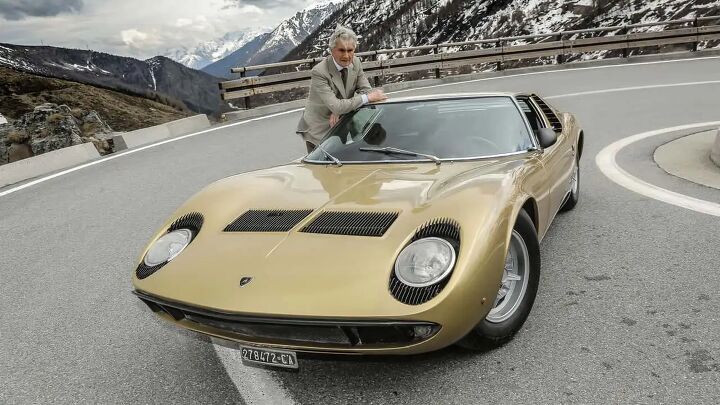
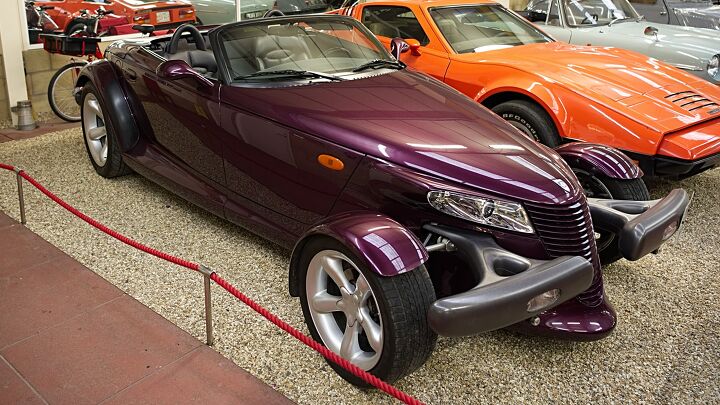

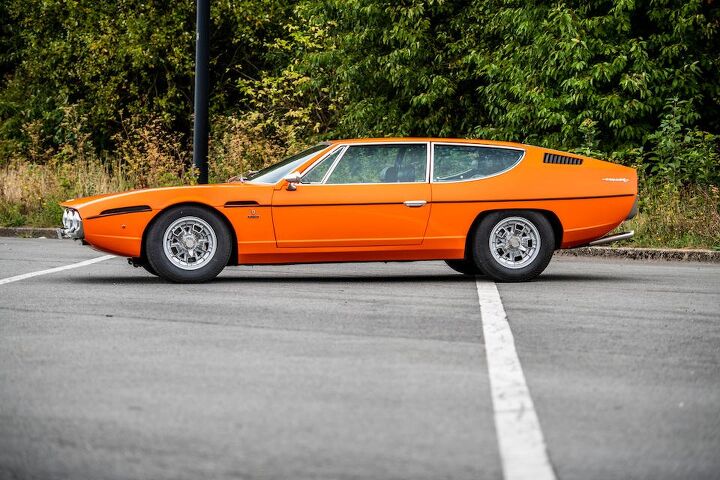
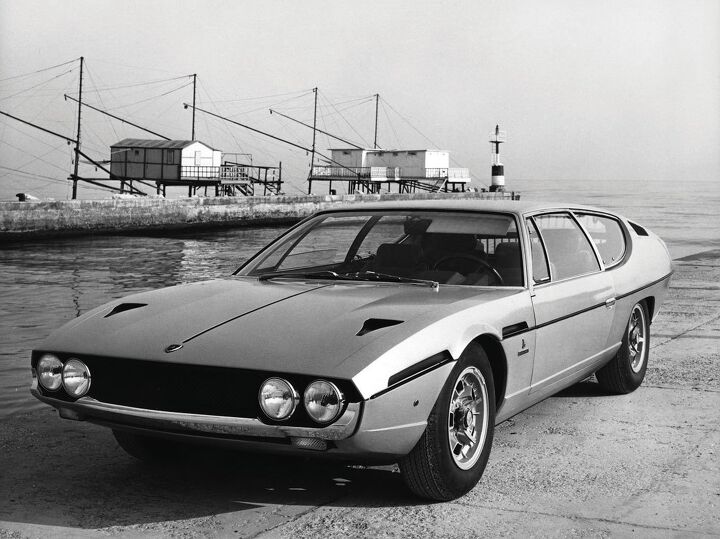
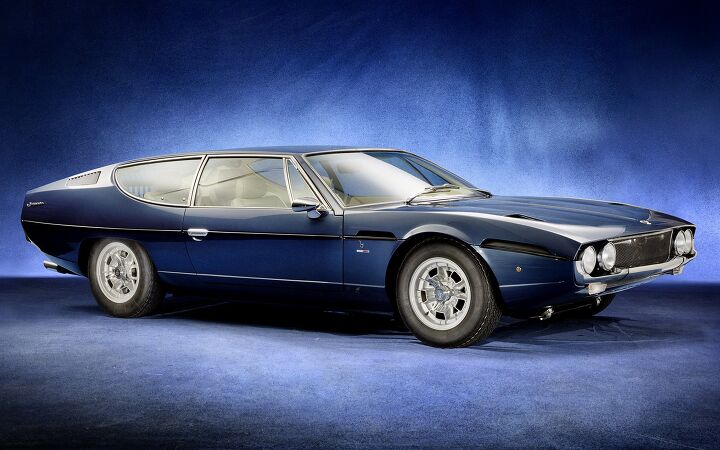

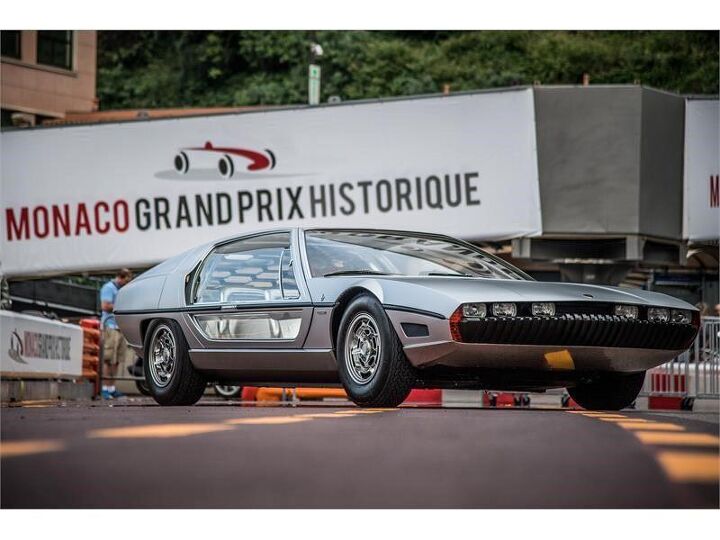

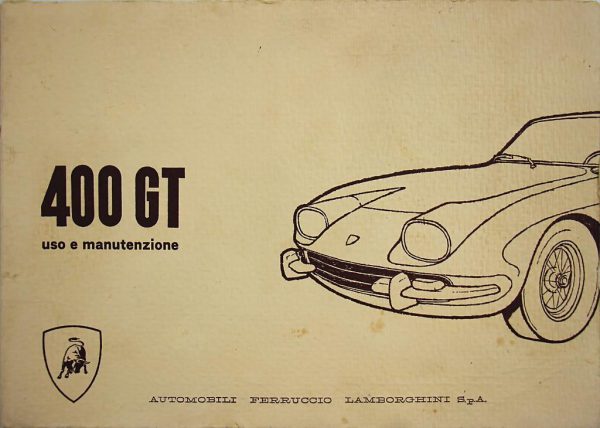
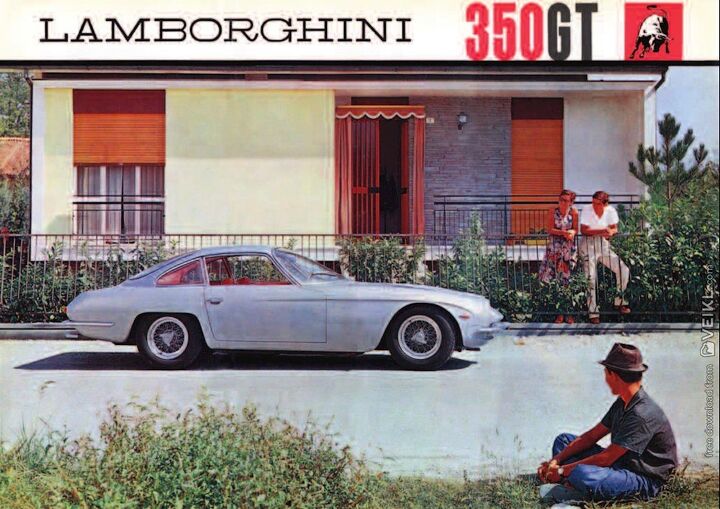


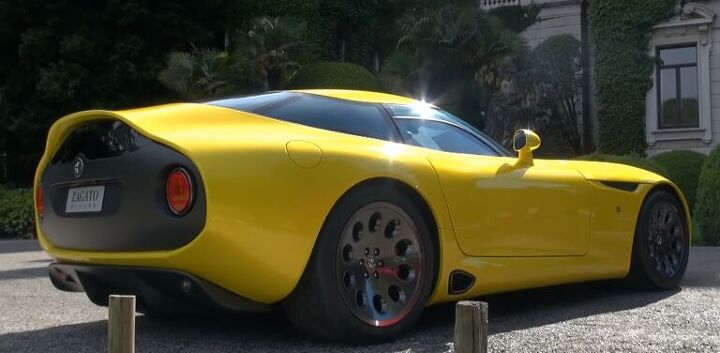













Recent Comments